Format Specification
MDF Format
Version 3.0
1
15.11.02
�
Revision History:
Date
03/10/2000
03/12/2001
05.02.2002
29.07.2002
01.08.2002
19.08.2002
Version Contents
1.0
1.3
1.4
1.5
1.6
2.0
Technical documentation of current status
Several corrections
Data type “String” and “Byte Array” added.
Conversion formulas “ASAP2 Rational Conversion
formula”, “ASAP2 Textual Conversion formula”,
“ASAP2 Text table Conversion formula”, “Date”,
“Time” added.
Implementation hints removed.
Several corrections
minor editorial changes
enhancements:
support for COMPU_VTAB_RANGE (CCBLOCK)
display identifier in CNBLOCK
additional byte offset in CNBLOCK
04.09.2002
14.11.2002
2.1
2.2
review with Vector
updated description of record sorting based on time
2
15.11.02
�
Table of Contents
1.
INTRODUCTION
1.1.
Scope of This Document
1.2.
Conventions
1.3. Abbreviations
1.4. Outline
2. MDF VERSION HANDLING
2.1.
Rules to Ensure MDF Compatibility between Versions
3. MDF GENERAL BLOCK FORMAT
3.1. Definition of Data Types Used
3.2. Overview of Block Types Used
3.3.
The File Identification Block IDBLOCK
3.3.1.
3.3.2.
Block Structure of IDBLOCK
Example of IDBLOCK
3.4.
The Header Block HDBLOCK
3.4.1.
3.4.2.
Block Structure of HDBLOCK
Example of HDBLOCK
3.5.
The Text Block TXBLOCK
3.5.1.
3.5.2.
Block Structure of TXBLOCK
Example of TXBLOCK
3.6.
The Program-Specific Block PRBLOCK
3.6.1.
3.6.2.
Block Structure of PRBLOCK
Example of PRBLOCK
3.7.
The Data Group Block DGBLOCK
Block Structure of DGBLOCK
Example of DGBLOCK
3.7.1.
3.7.2.
3.8.
The Channel Group Block CGBLOCK
3.8.1.
3.8.2.
Block Structure of CGBLOCK
Example of CGBLOCK
3.9.
The Channel Block CNBLOCK
3.9.1.
3.9.2.
Block Structure of CNBLOCK
Example of CNBLOCK
3.10.
The Channel Conversion Block CCBLOCK
3.10.1. Block Structure of CCBLOCK
3.10.2. CCBLOCK – Parametric, Linear
3.10.3. CCBLOCK – Polynomial Function With 6 Parameters
3.10.4. CCBLOCK – Tabular, With Interpolation
3.10.5. CCBLOCK – Tabular
5
5
5
5
5
6
6
7
8
8
8
8
9
9
9
9
10
10
10
11
11
11
12
12
12
13
13
13
15
15
15
21
21
21
21
22
22
3
15.11.02
�
3.10.6. CCBLOCK – Exponential
3.10.7. CCBLOCK – Logarithmic
3.10.8. CCBLOCK - ASAP2 Rational conversion formula
3.10.9. CCBLOCK - ASAP2 Text formula
3.10.10.
3.10.11.
3.10.12.
3.10.13.
3.10.14.
CCBLOCK – ASAM-MCD2 Text Table
CCBLOCK – ASAM-MCD2 Text Range Table
CCBLOCK - Data Structure Date
CCBLOCK - Data Structure Time
Example of CCBLOCK
4. MDF DATA FORMAT
4.1. Data Format for Sorted Writing
4.2.
4.3.
Example 1 of Data Blocks
Example 2 of Data Blocks
4.4. Data Format for Unsorted Writing
5. APPENDIX
22
23
23
24
24
24
25
25
25
28
28
28
31
31
33
4
15.11.02
�
Introduction
1.
For recording, exchanging, and post-measurement analysis, the Measure Data Format (MDF) is well
established in the automotive industry. The MDF format provides
exchange between a number of tools in the automotive industry
compact description of data
fast access to general file info independent of the file length
1.1.
Scope of This Document
This document serves to specify MDF version 3.0.
1.2.
Conventions
1.3.
CCBLOCK
CGBLOCK
CNBLOCK
DGBLOCK
HDBLOCK
IDBLOCK
MDF
NIL
PRBLOCK
TXBLOCK
Abbreviations
Channel Conversion BLOCK
Channel Group BLOCK
ChanNel BLOCK
Data Group BLOCK
HeaDer BLOCK
IDentification BLOCK
Measure Data Format
NIL pointer (0x00000000)
PRogram BLOCK
TeXt BLOCK
1.4.
Outline
Chapter 2 describes the conventions for extending and updating the format. Chapter 3 describes the
structure of the MDF file and the various block types. Chapter 4 describes how data is written, i.e. sorted
or unsorted. Chapter 5 (Appendix) shows the hex dump of an actual MDF file.
5
15.11.02
�
2. MDF Version Handling
The MDF version consists of a major version number and a minor version number, e.g. V3.0 has the major
version number “3” and the minor version number “0”.
minor version
number
major version
number
Changes in the MDF file that may not result in a misinterpretation of the data may be
done by only changing the minor version number.
Changes in the MDF format that may result in a misinterpretation of the data require a
change of the major version number. A tool that evaluates the MDF file may generate a
warning or error message when reading a MDF file that has a higher major version
number than what is supported by the tool.
2.1.
Rules to Ensure MDF Compatibility between Versions
To ensure a high degree of compatibility, new entries are only appended to the blocks. This implies the
following consequences for the evaluation tool:
1.
If a tool detects a block that has a smaller block length than expected by the version supported by the
tool, the additional fields are set to their default values. This is the case, if the tool supports a later
MDF version than the file is encoded in.
If the tool detects a block that has a larger block length than expected by the version supported by the
tool, the additional fields are ignored. This is the case, if the tools supports a previous MDF version
compared to the one the file is encoded with. In this case, the tool may interpret the measurement
data in the file incorrectly; thus the MDF major version number has to be increased when introducing
such a change.
2.
6
15.11.02
�
3. MDF General Block Format
The MDF file is composed of a series of data blocks. The blocks include pointers to each other that are
stored in data of type LINK. A link is a relative byte position within the file, starting at the beginning of the
file.
The file always starts with the file identifier IDBLOCK. The file header HDBLOCK follows at byte position
64. All other blocks are exclusively linked with each other via LINKs.
With the exception of the IDBLOCK, the “Block Size” field indicates the size of each block. To ensure
upward compatibility, the block sizes specified in this document should be considered the minimum block
sizes in each case.
The following figure gives an overview of the general block structure of an MDF file:
file identification
IDBlock
file header
HDBlock
measurement
file comment
TXBlock
program specific
data
PRBlock
Data records 1
data group 1
DGBlock
channel group 1.1
CGBlock
channel 1.1.1
CNBlock
Channel 1.1.2
CNBlock
channel comment
TXBlock
unique identifier
TXBlock
conversion rule
CCBlock
channel group 1.2
CGBlock
channel 1.2.1
CNBlock
channel comment
TXBlock
channel 1.2.2
CNBlock
long name
TXBlock
conversion rule
CCBlock
Data records 2
data group 2
DGBlock
channel group 2.1
CGBlock
channel 2.1.1
CNBlock
channel comment
TXBlock
channel 2.1.2
CNBlock
unique identifier
TXBlock
conversion rule
CCBlock
figure 1: MDF file block structure and linkage
7
15.11.02
�
The specification also shows an example of each block type. The HEX dump of the entire sample file is
included in the attachment.
3.1.
Data Type
CHAR
UINT8
UINT16
UINT32
BOOL
REAL
LINK
Definition of Data Types Used
Format
1 byte representing a character (C data type: char). The storage of character
strings may or may not be terminated by a zero byte.
8-bit unsigned integer
16-bit unsigned integer
32-bit unsigned integer
Boolean variable, stored as 16-bit value
If contents != 0 then TRUE, if contents == 0 then FALSE
Floating-point compliant with IEEE 754, double precision (64 bits)
32-bit signed integer, used as byte position within the file. If a LINK is nil
(corresponds to 0), this means the LINK cannot be de-referenced.
3.2.
Overview of Block Types Used
Block Type
IDBLOCK
HDBLOCK
TXBLOCK
PRBLOCK
DGBLOCK
CGBLOCK
CNBLOCK
CCBLOCK
Description
Identification block
Header block
Text block
Program block
Data group block
Channel group block
Channel block
Channel conversion block
Purpose
Identification of the file as MDF file
General description of the measurement file
Contains a String with variable length
Contains proprietary data of the application
generating the MDF file
Description of data block that may refer to one or
several channel groups
Description of a channel group, i.e. signals which
are always measured jointly
Description of a channel
Description of a conversion formula for a channel
3.3.
The File Identification Block IDBLOCK
The IDBLOCK always begins at file position 0. It contains information to identify the file. This includes
information about the source of the file and general format specifications.
3.3.1. Block Structure of IDBLOCK
Numbe
r
8
8
8
1
1
1
1
2
30
Data
Type
CHAR
CHAR
CHAR
UINT16
UINT16
UINT16
UINT16
CHAR
CHAR
8
Description
”
File identifier, always contains “MDF
“. (“MDF” followed by five spaces)
Format identifier, a textual representation of the format version for display, e.g.
“3.00
Program identifier, to identify the program which generated the MDF file
Byte order
0 = Little endian
Floating-point format used
0 = Floating-point format compliant with IEEE 754 standard
Version number of the MDF , i.e. 300 for this version
Reserved
Reserved
Reserved
15.11.02
�
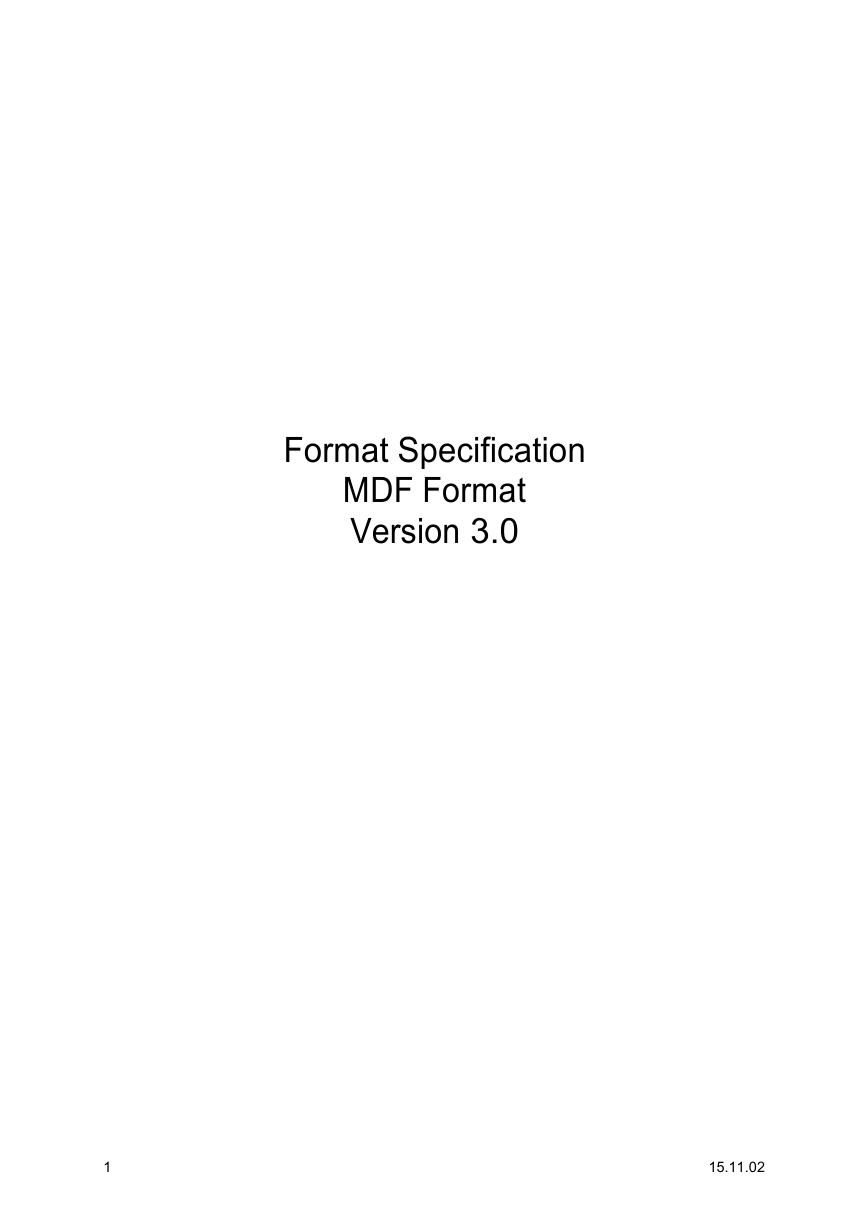
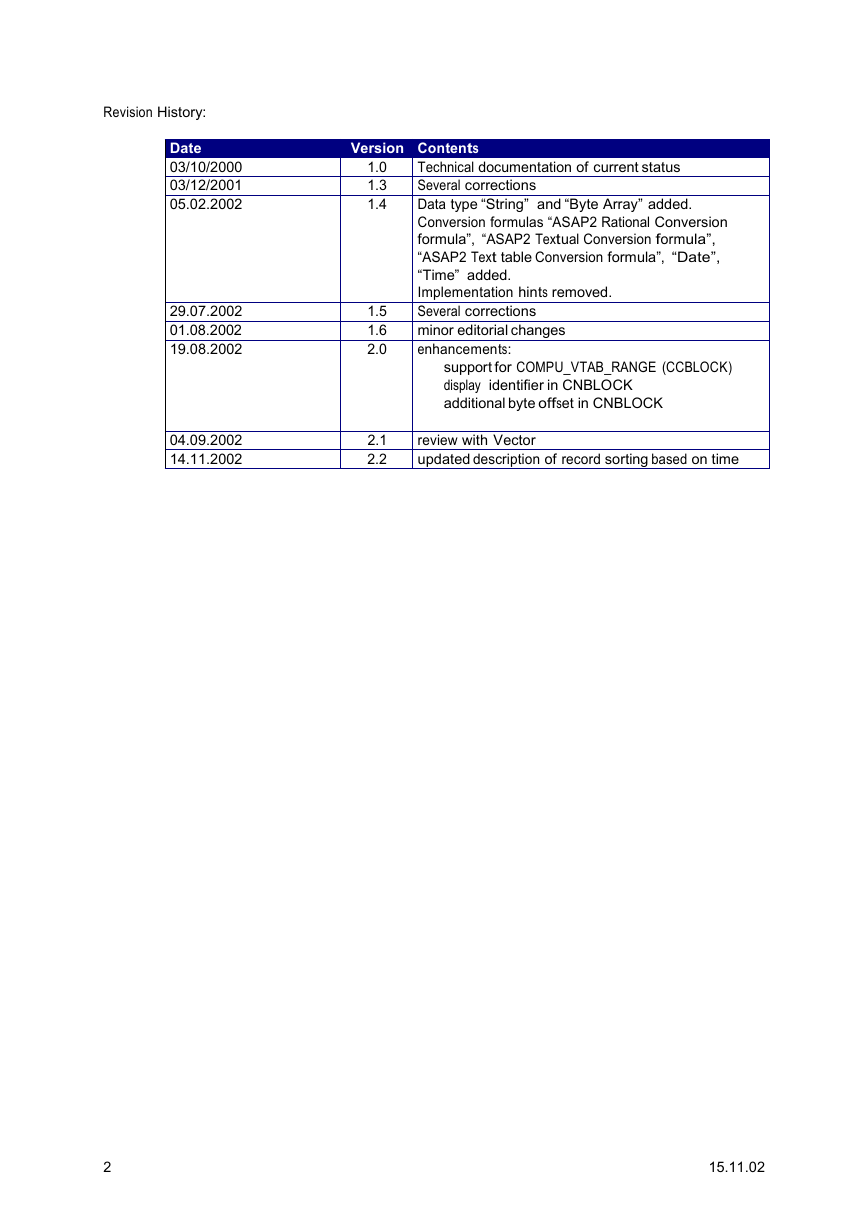

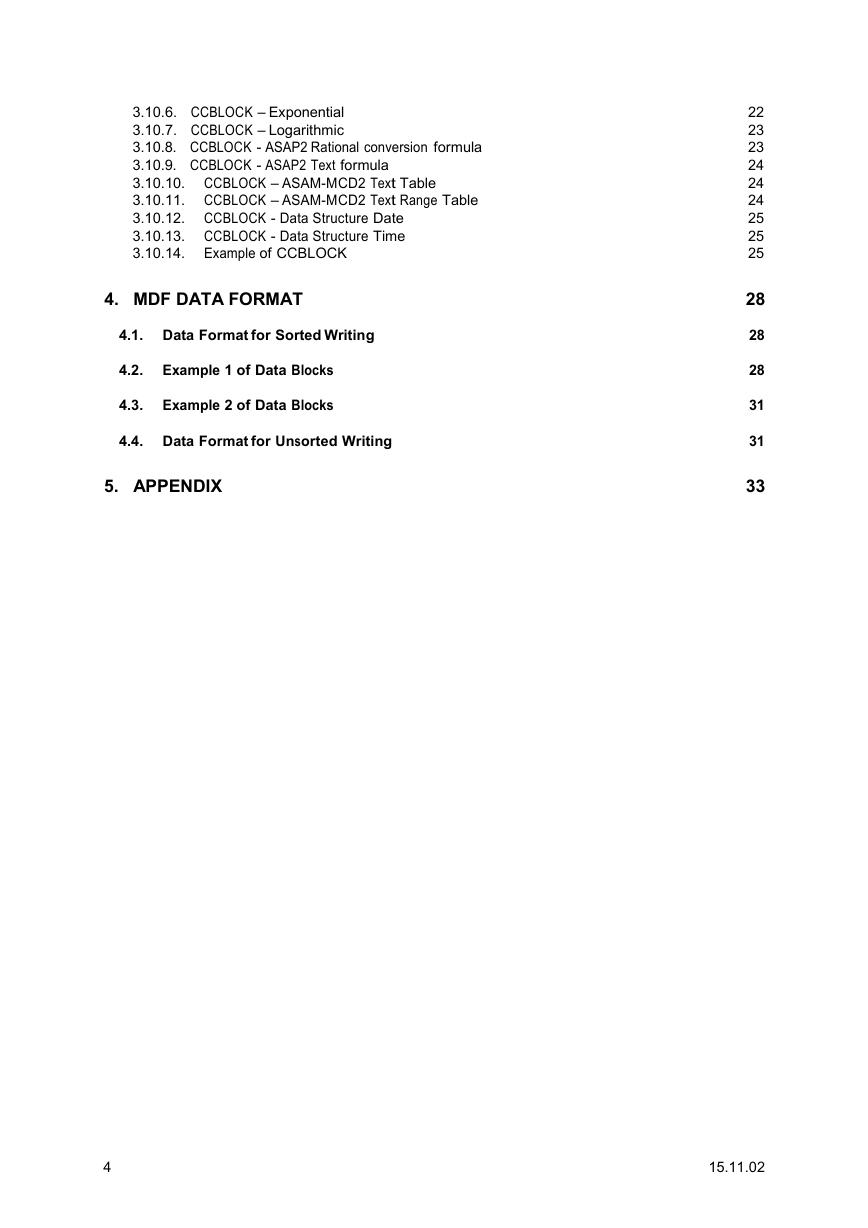


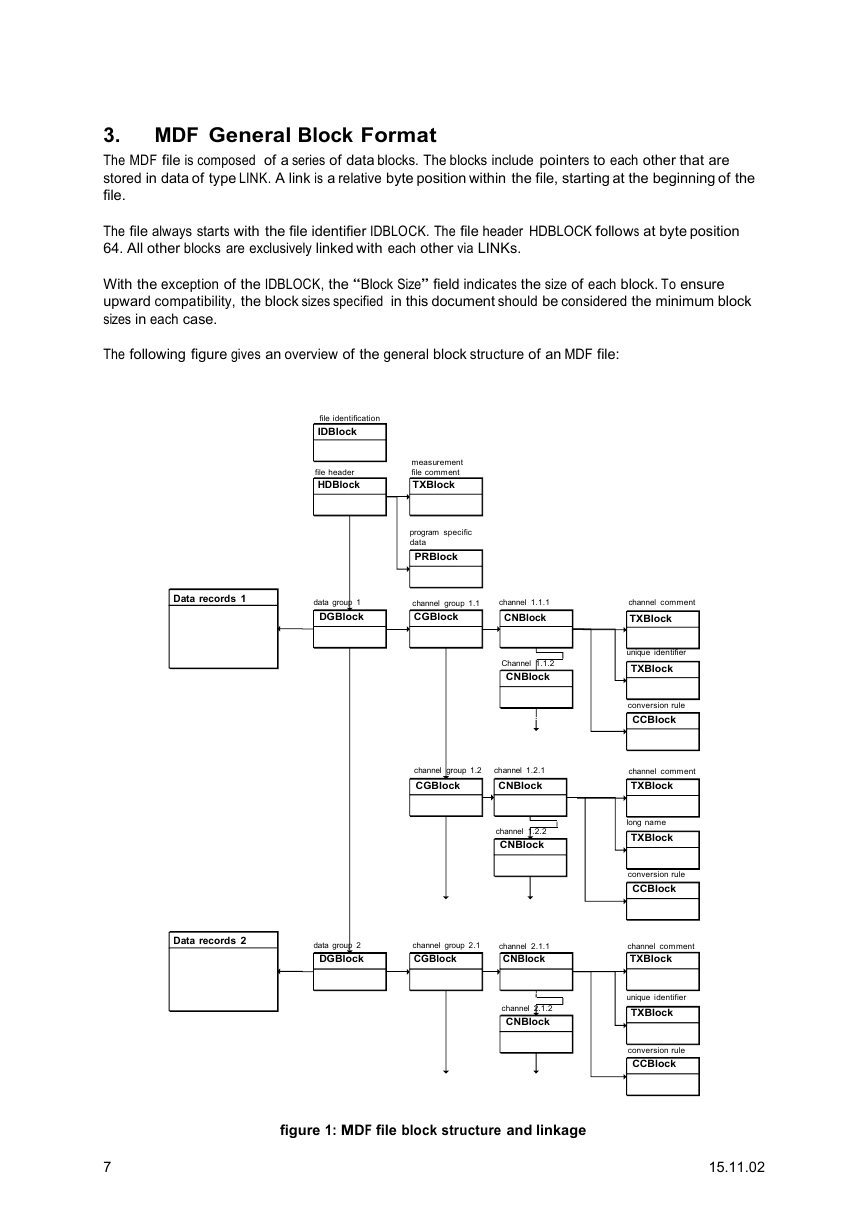
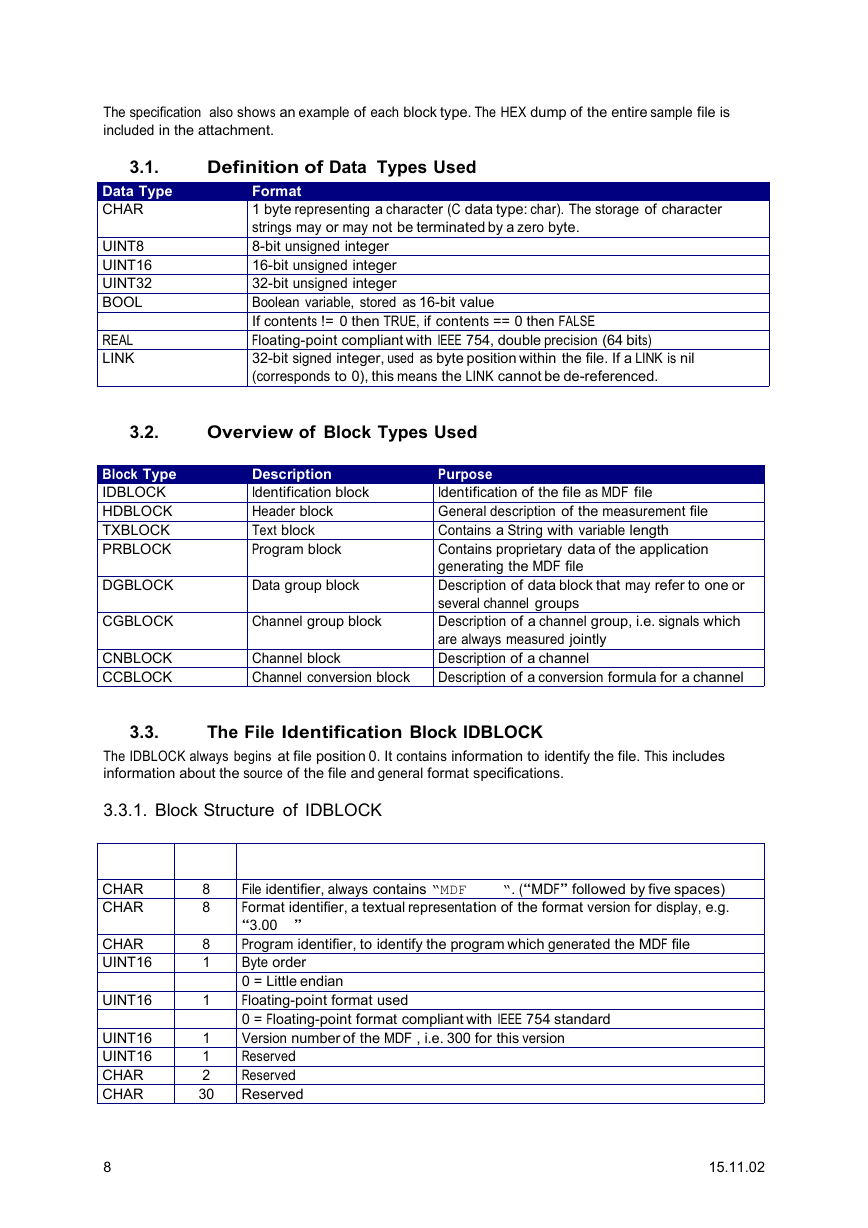








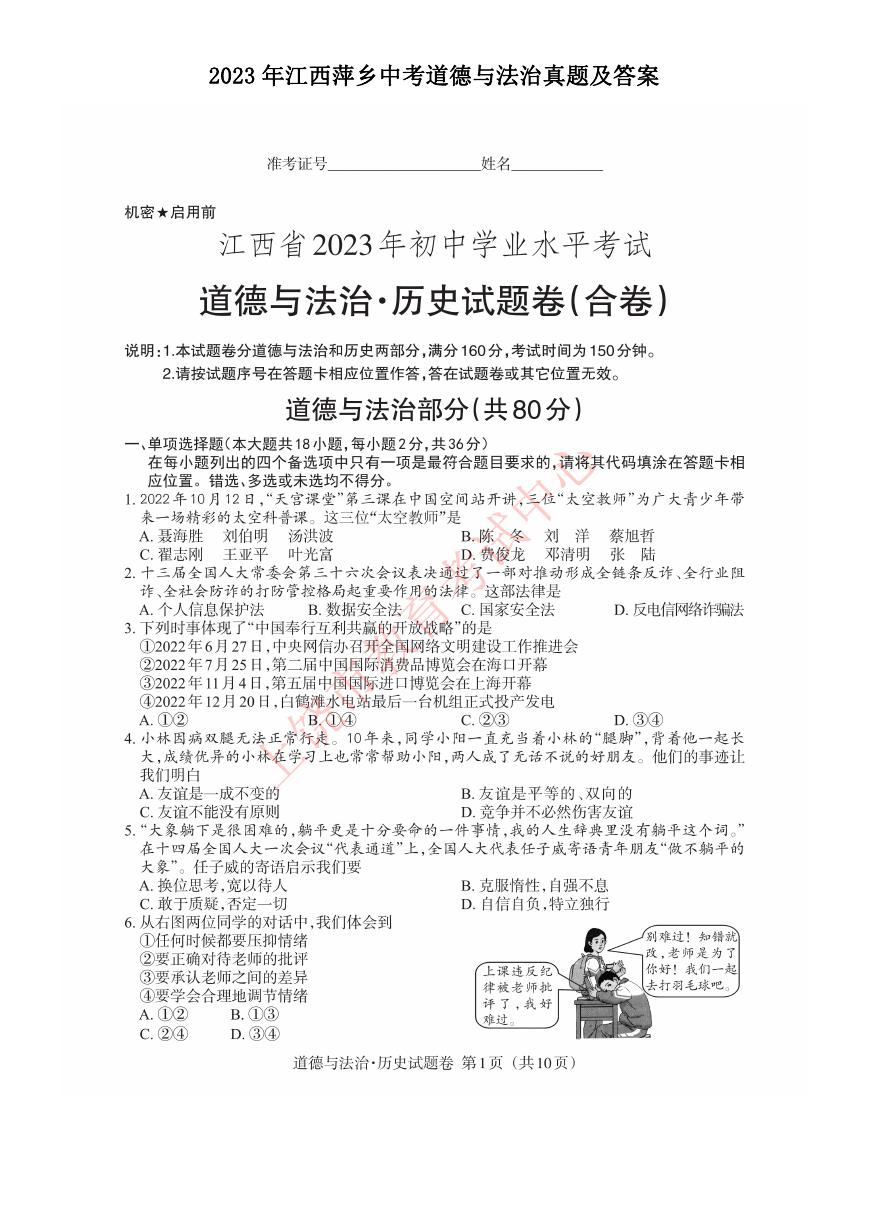 2023年江西萍乡中考道德与法治真题及答案.doc
2023年江西萍乡中考道德与法治真题及答案.doc 2012年重庆南川中考生物真题及答案.doc
2012年重庆南川中考生物真题及答案.doc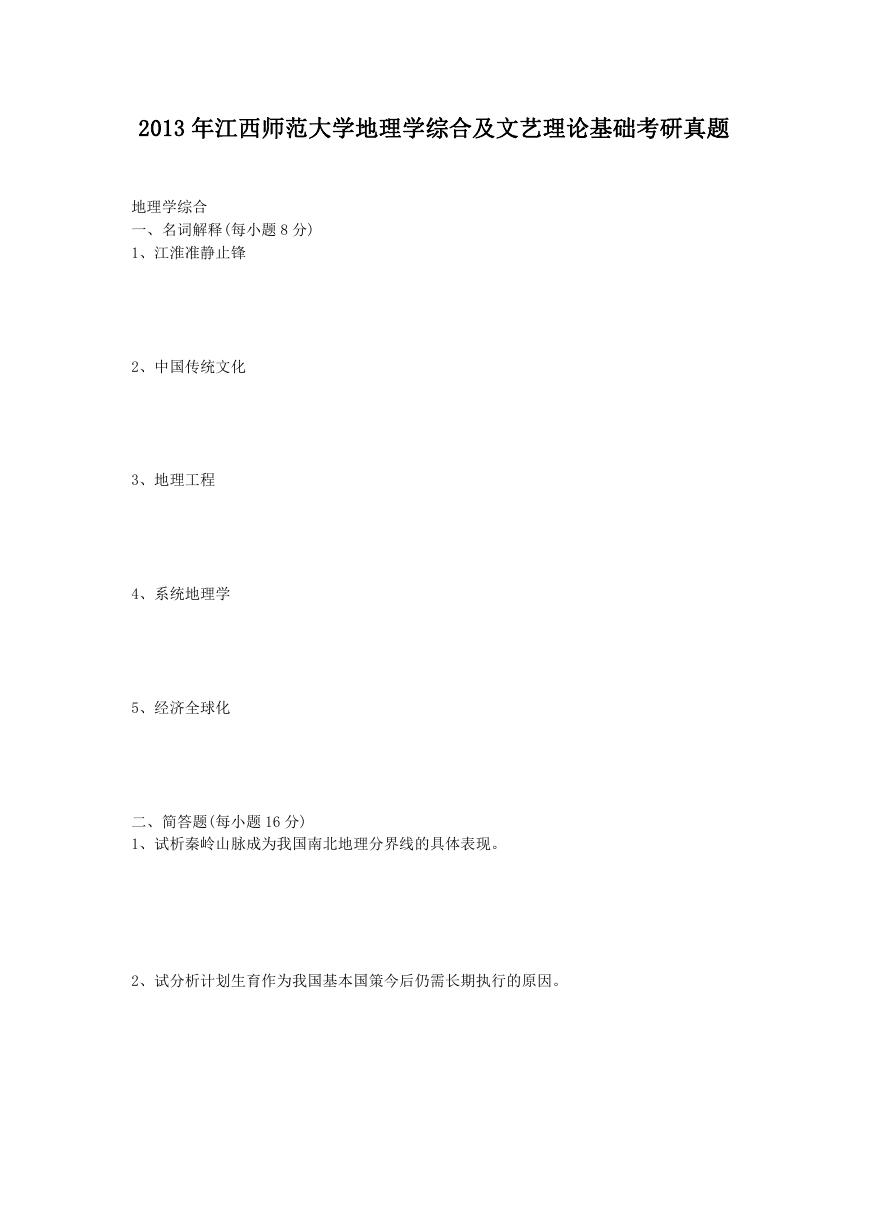 2013年江西师范大学地理学综合及文艺理论基础考研真题.doc
2013年江西师范大学地理学综合及文艺理论基础考研真题.doc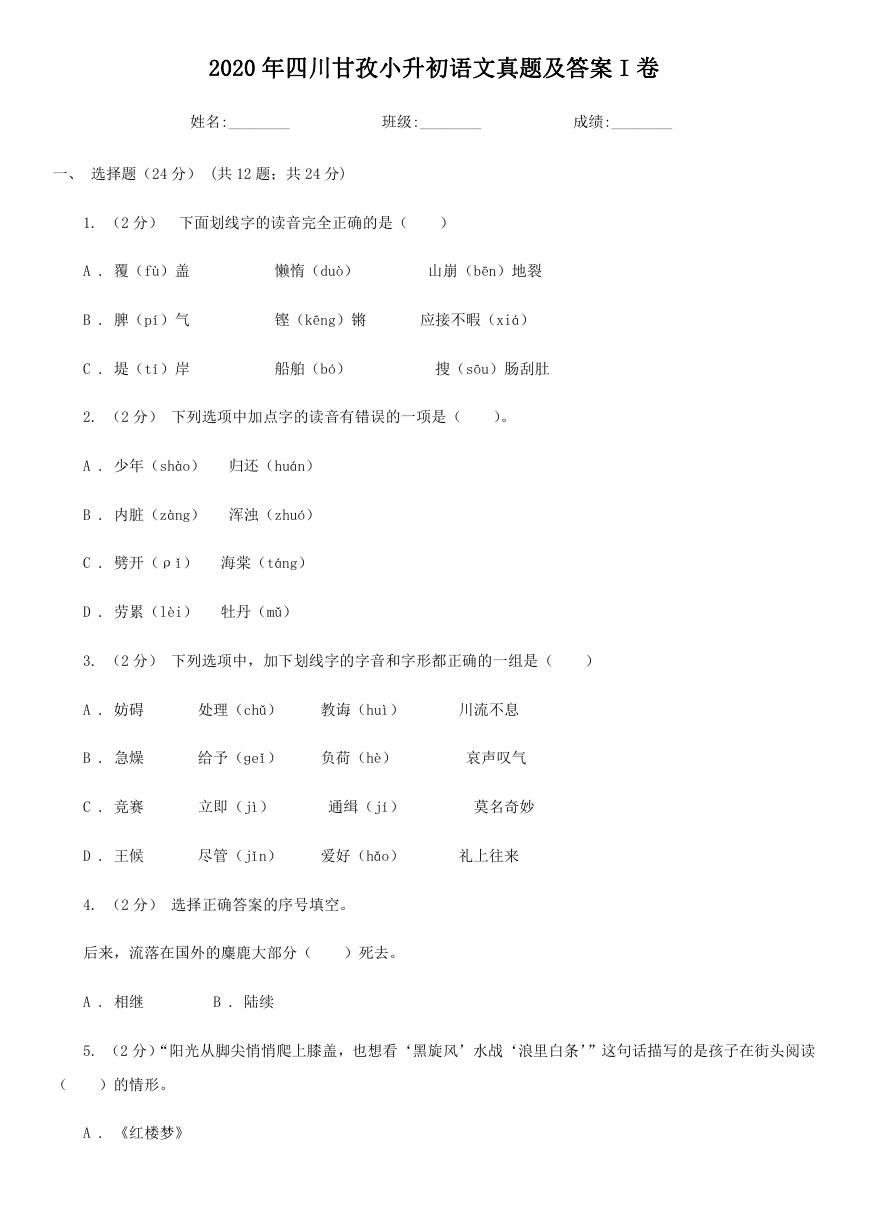 2020年四川甘孜小升初语文真题及答案I卷.doc
2020年四川甘孜小升初语文真题及答案I卷.doc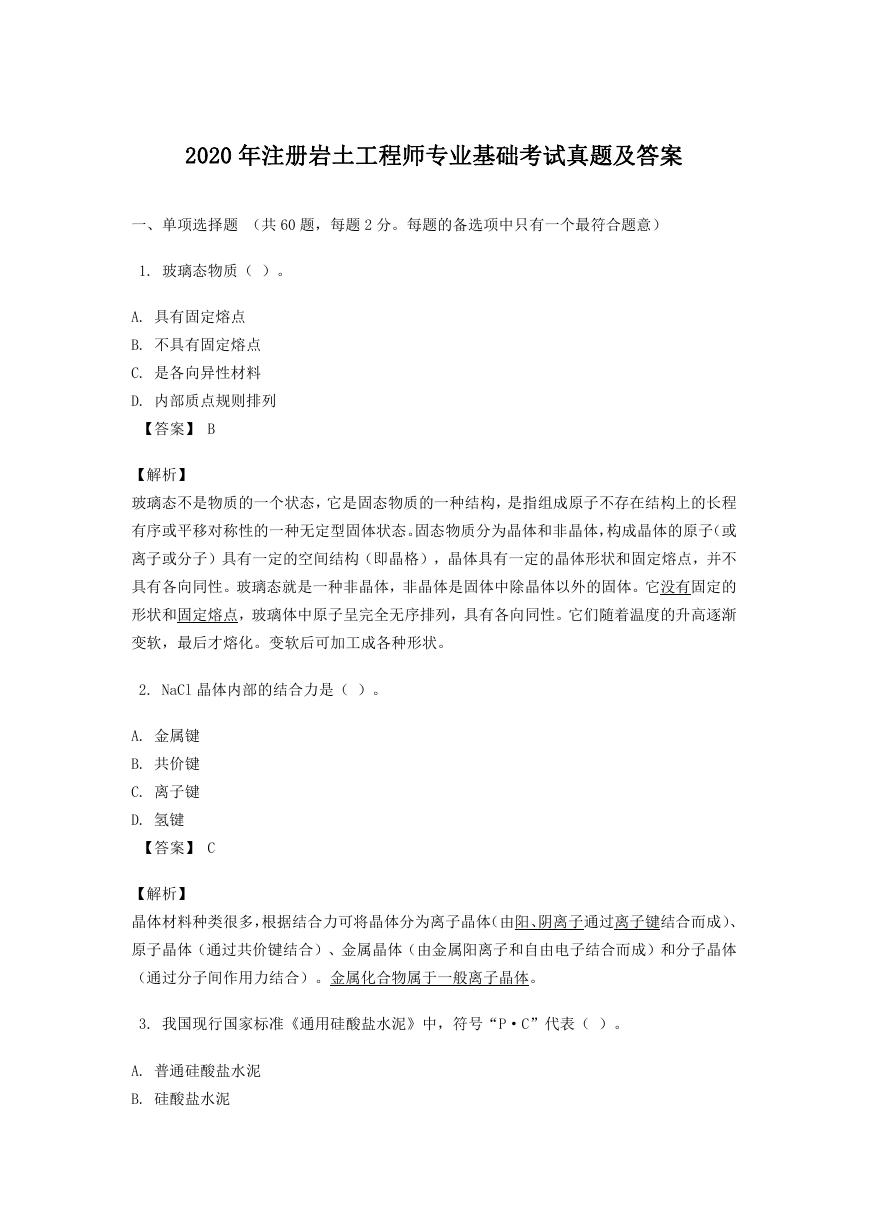 2020年注册岩土工程师专业基础考试真题及答案.doc
2020年注册岩土工程师专业基础考试真题及答案.doc 2023-2024学年福建省厦门市九年级上学期数学月考试题及答案.doc
2023-2024学年福建省厦门市九年级上学期数学月考试题及答案.doc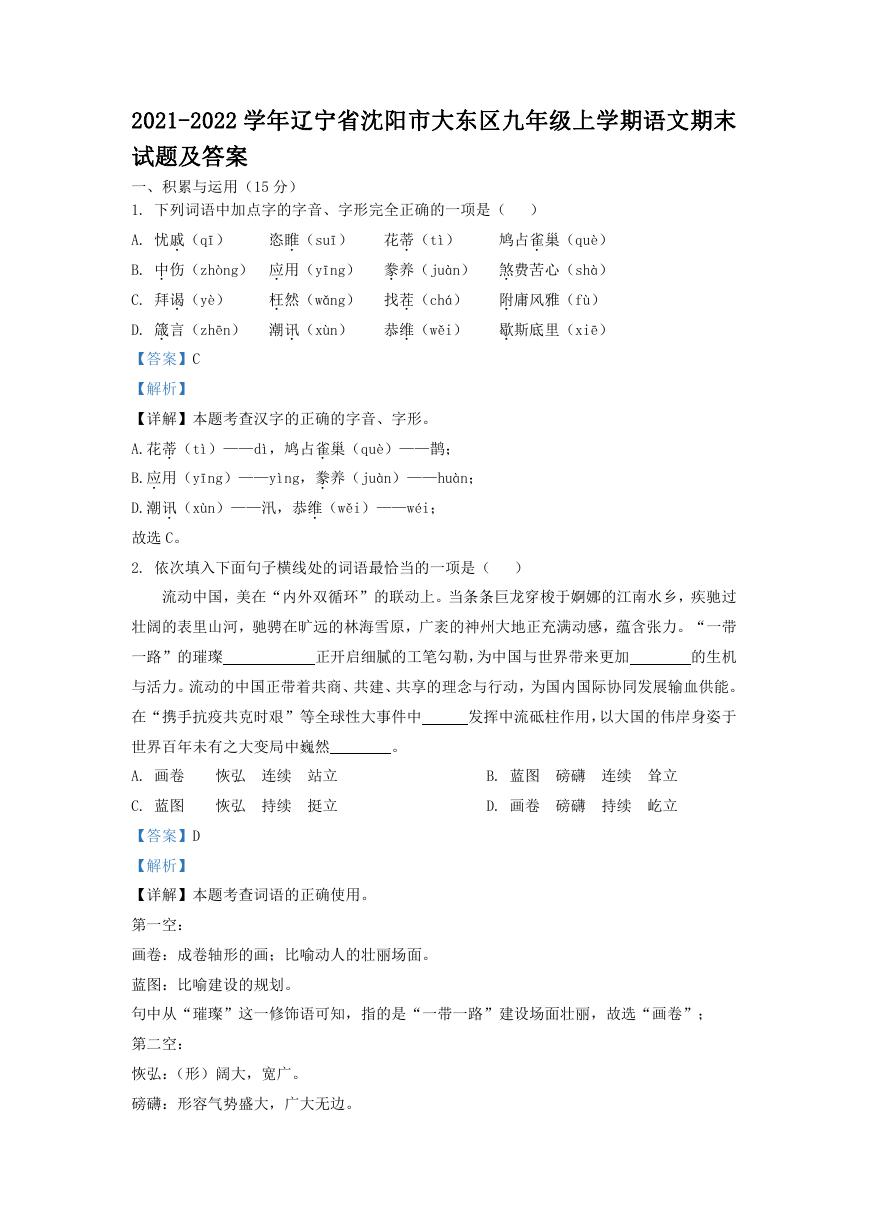 2021-2022学年辽宁省沈阳市大东区九年级上学期语文期末试题及答案.doc
2021-2022学年辽宁省沈阳市大东区九年级上学期语文期末试题及答案.doc 2022-2023学年北京东城区初三第一学期物理期末试卷及答案.doc
2022-2023学年北京东城区初三第一学期物理期末试卷及答案.doc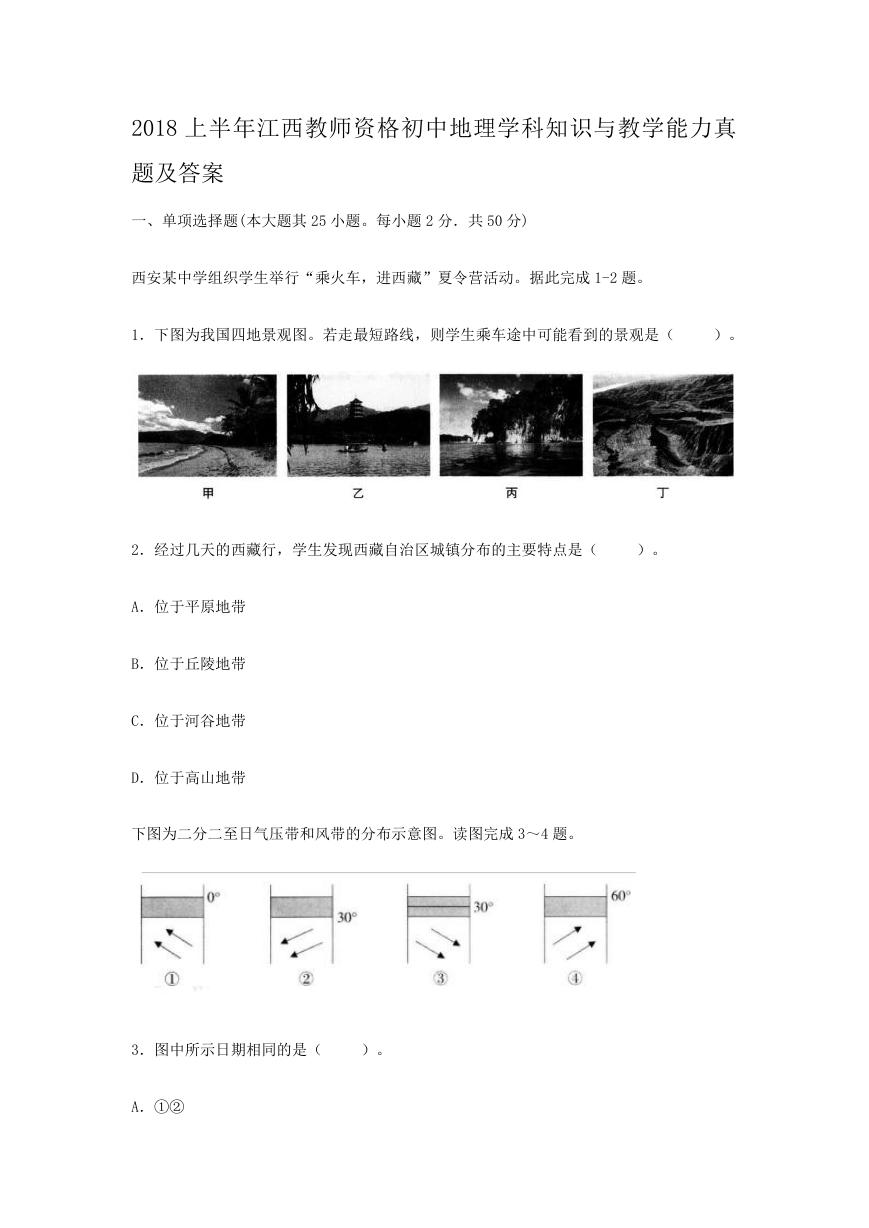 2018上半年江西教师资格初中地理学科知识与教学能力真题及答案.doc
2018上半年江西教师资格初中地理学科知识与教学能力真题及答案.doc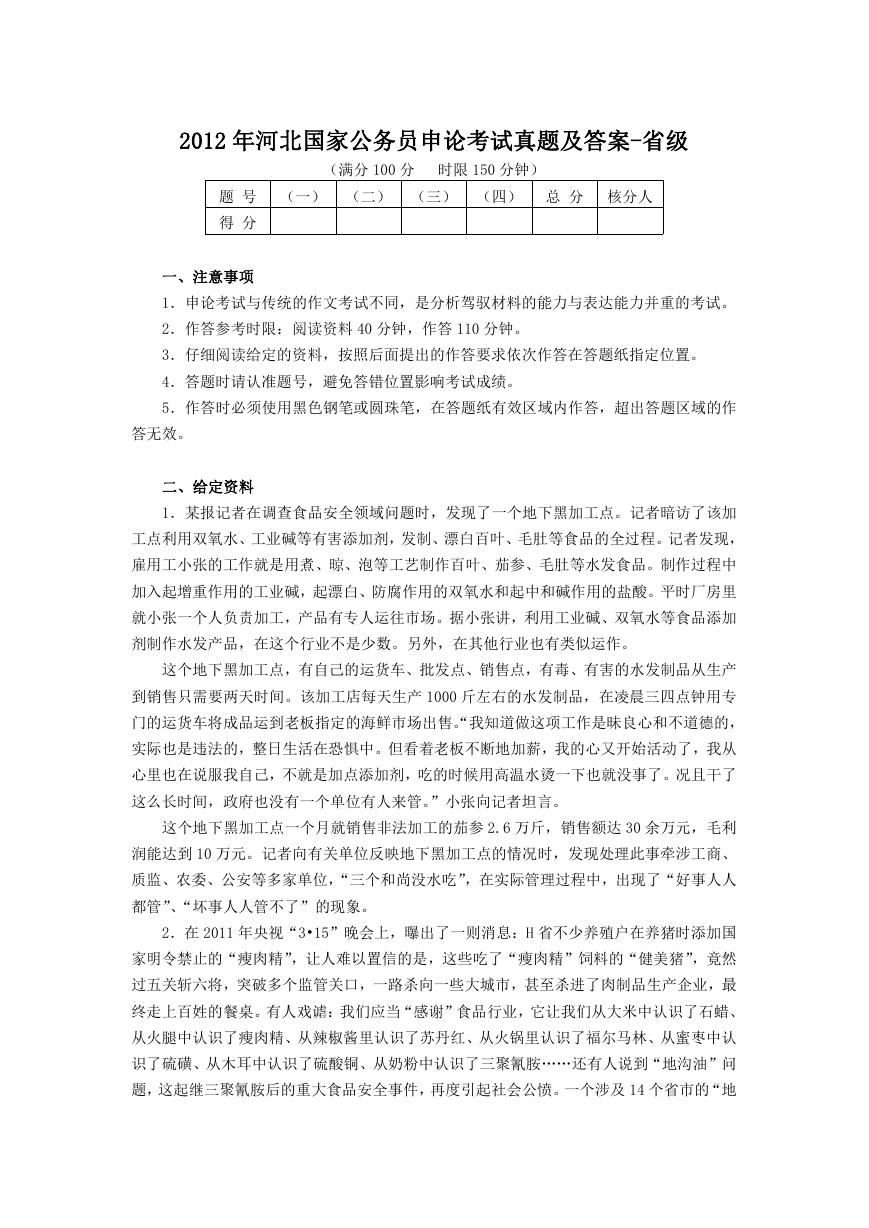 2012年河北国家公务员申论考试真题及答案-省级.doc
2012年河北国家公务员申论考试真题及答案-省级.doc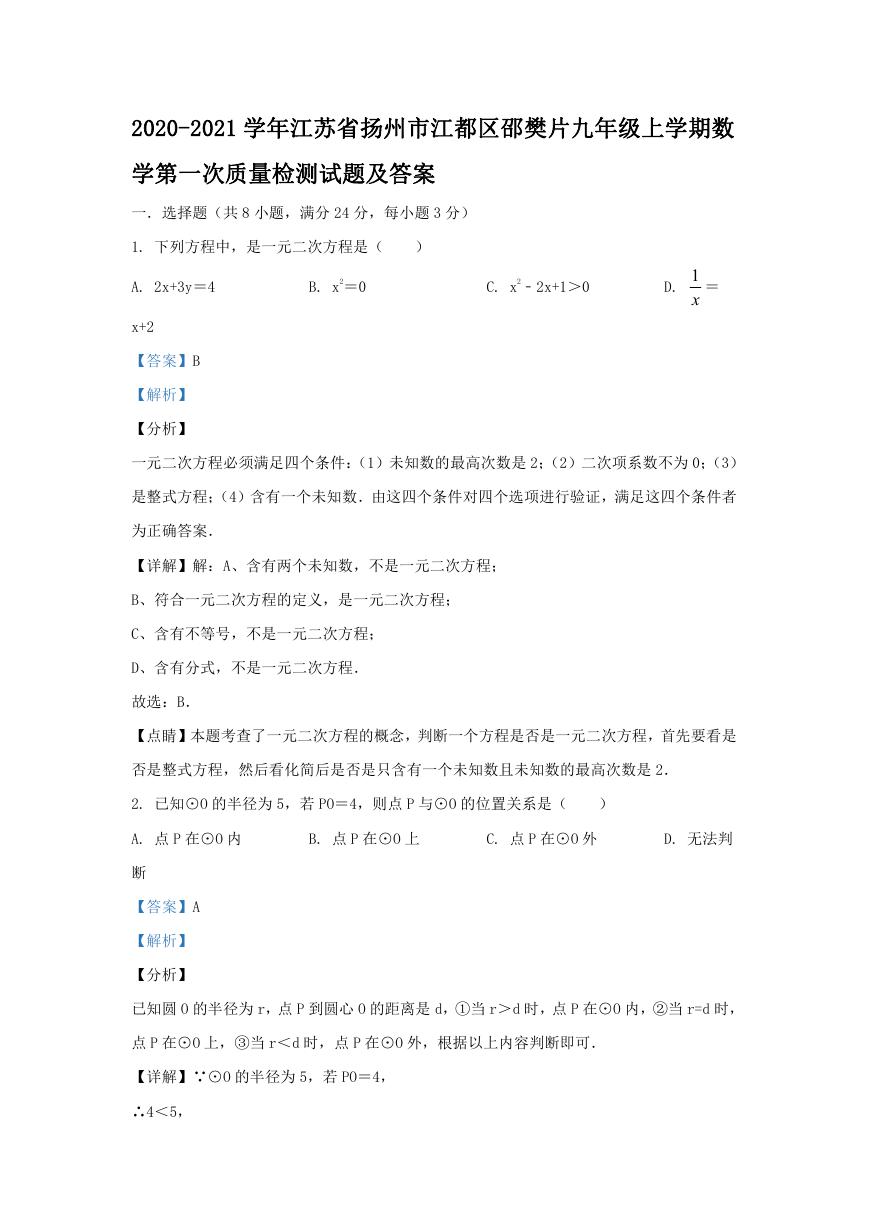 2020-2021学年江苏省扬州市江都区邵樊片九年级上学期数学第一次质量检测试题及答案.doc
2020-2021学年江苏省扬州市江都区邵樊片九年级上学期数学第一次质量检测试题及答案.doc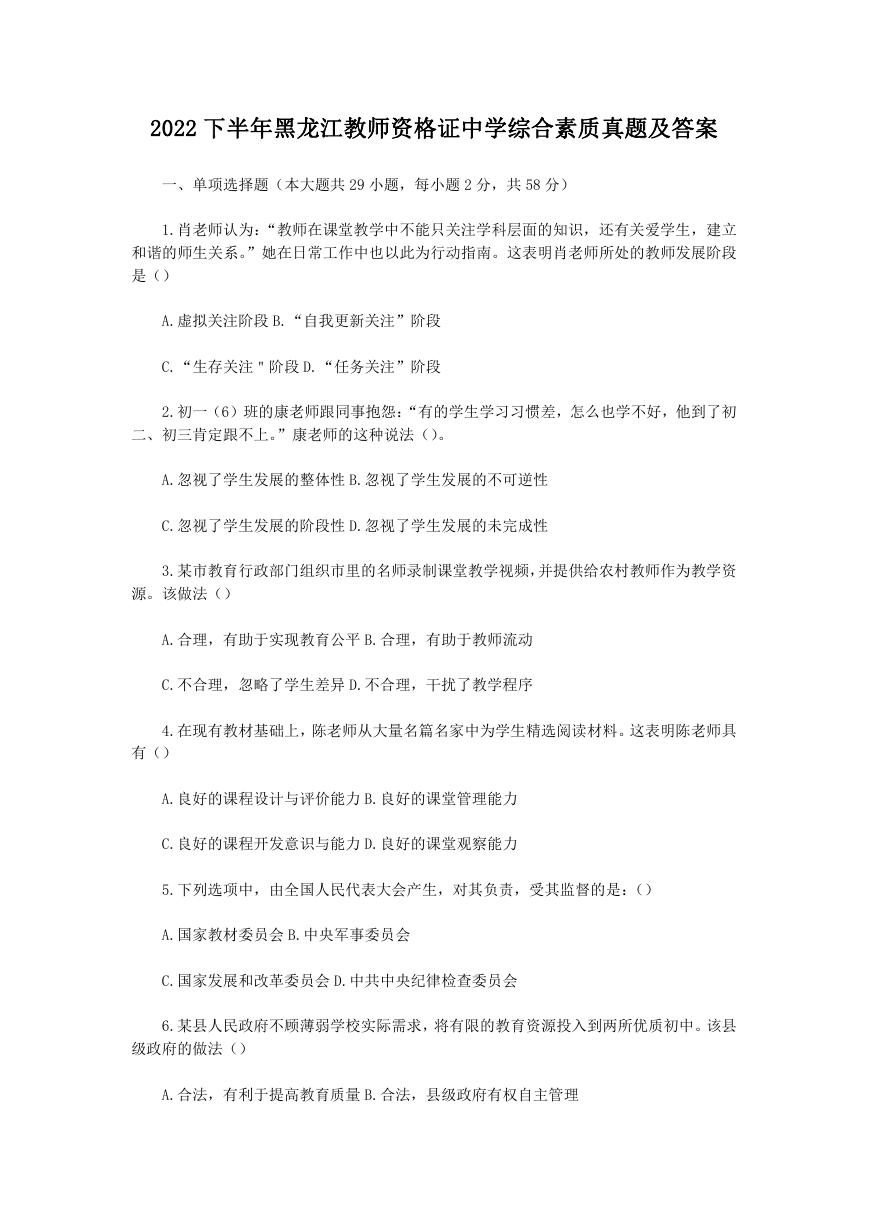 2022下半年黑龙江教师资格证中学综合素质真题及答案.doc
2022下半年黑龙江教师资格证中学综合素质真题及答案.doc